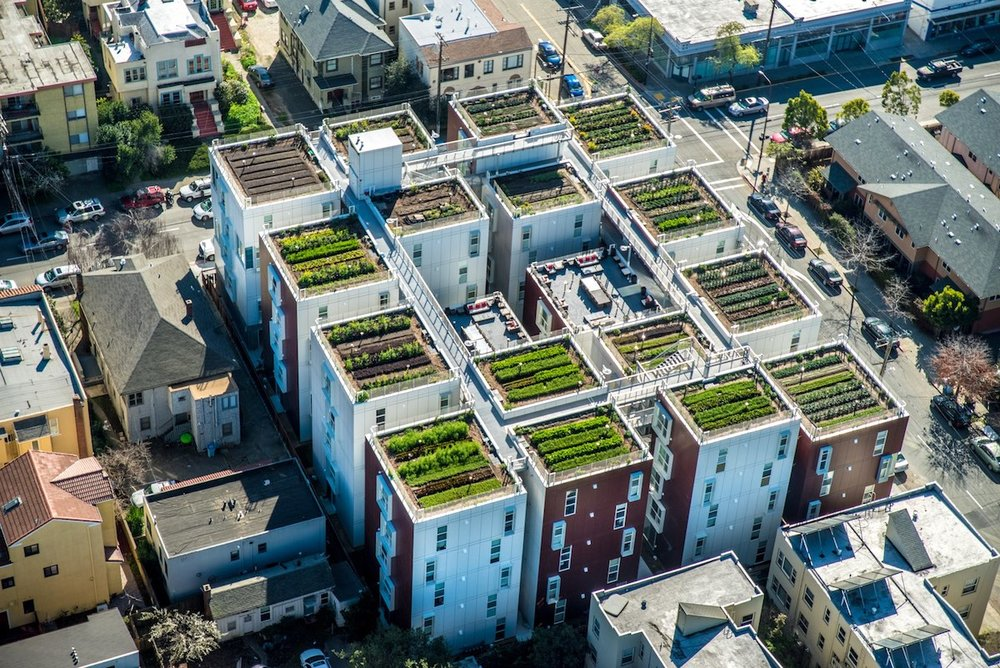
Population growth, food scarcity, and climate change are emerging concerns of this century, globally. The world population is increasing exponentially, and according to some estimates, it could grow to 9.6 billion by 2050. In the future, there will be pressure to increase agricultural productivity to fulfill peoples’ need for food, while, at the same time, water and land resources are being rapidly depleted. Besides poverty, the documented migration towards urban areas, lack of resources, natural disasters, and conflict are key constraints of food security.
The outbreak of novel coronavirus 2019 (COVID-19) has reached pandemic proportions. It has constrained peoples’ capability to access food by reducing income and increasing job insecurity. Countries with the highest food insecurity levels were less prepared for the outbreak. ‘Urban Horticulture’ has emerged as a viable concept with the aim to provide sufficient fresh and safe food to cities, to achieve a sustainable food supply and food security. In effective lockdowns, approximately 40% of a population would be unable to stock food for 14 days.
Many horticultural crops are considered ideal in urban agriculture production systems. They occupy a small space, produce more per unit area, have high nutritional value, and short production cycles. In low income urban areas, the dietary deficiency of micronutrients, such as iron, zinc, iodine, and vitamin A is more common. Urban horticulture is, essentially, a way to mitigate societal social challenges (Figure 1), as well as improve the sustainability of food and the environment.
Farm7
Urban Horticulture for Food Secure Cities through and beyond COVID-19